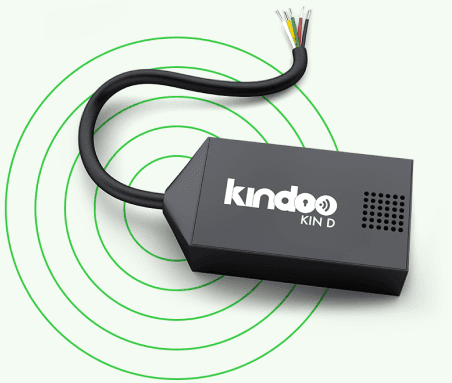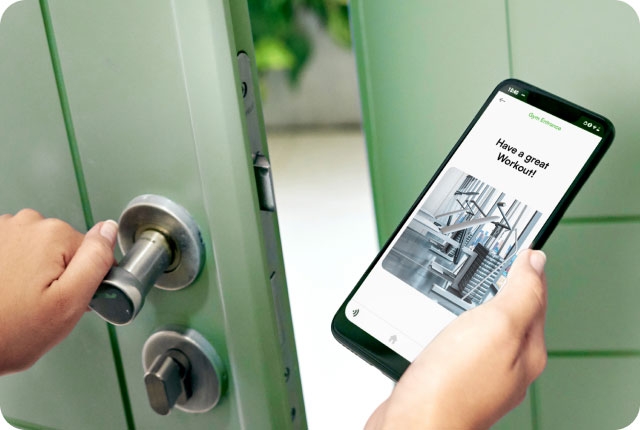Keypad-based access control systems have been widely used in various settings, including homes, offices, and commercial buildings, as a way to secure entry. However, while they offer convenience and ease of use, they also have several drawbacks that should be taken into consideration.
Lack of Security
Keypad-based access control systems rely on a combination of numbers that must be entered to unlock the door. This combination can be easily forgotten, shared with unauthorized individuals, or discovered by intruders through trial and error or by observing someone entering the code.
Limited Capacity
Keypad-based access control systems typically have a limited capacity for storing user codes. This means that if a large number of users need access to a facility, an alternative access control system may be necessary.
Vulnerability to Tampering
Keypad-based access control systems can be tampered with, making them vulnerable to intruders. For example, someone may try to cover the keypad or interfere with the wiring to prevent the system from functioning properly.
Lack of Accessibility
Keypad-based access control systems can be difficult for individuals with disabilities, such as those who are blind or have difficulty using their hands, to use effectively. This can make it difficult for these individuals to access a facility, even if they have been granted access.
High Cost
Keypad-based access control systems can be expensive to install and maintain. This is because they require special hardware and software, as well as an ongoing commitment to ensure that the system is functioning properly.
Limited Integration
Keypad-based access control systems may not be easily integrated with other security systems, such as alarm systems or surveillance cameras. This can limit the overall effectiveness of a facility's security and make it more difficult to monitor access.
No Record Keeping
Keypad-based access control systems typically do not keep records of who has entered a facility and when. This can make it difficult to determine who has accessed a facility and when, making it harder to identify intruders and prevent future incidents.
In conclusion, keypad-based access control systems offer convenience and ease of use, but they also have several drawbacks that should be taken into consideration. While they may be suitable for small facilities with limited user capacity, they may not be the best choice for larger facilities or those that require a higher level of security. It's important to consider the downsides of keypad-based access control systems and weigh them against the benefits before making a decision about which type of access control system to use.
Articles about the latest trends in the Access Control and Security industries. Written by the team at Kindoo.
Learn More About KindooCurious to learn more about Kindoo?

Curious to learn more about Kindoo?


